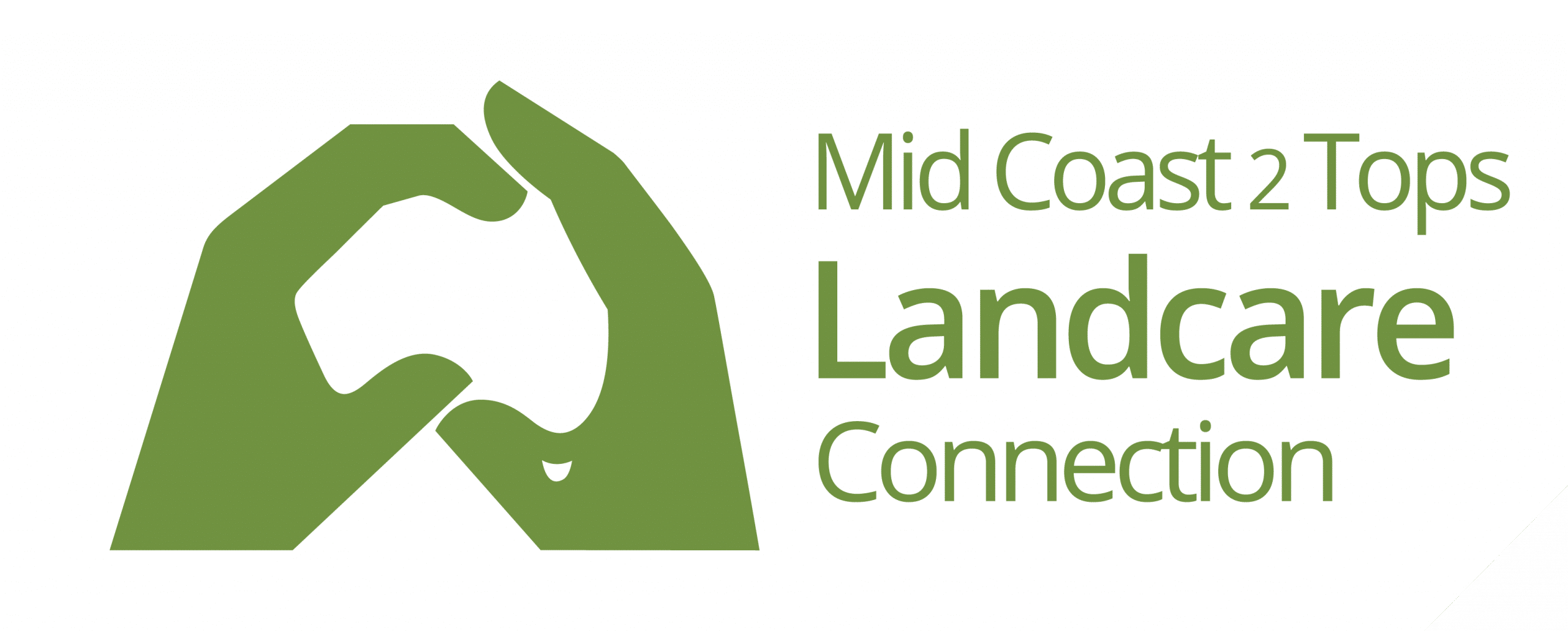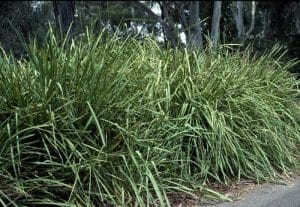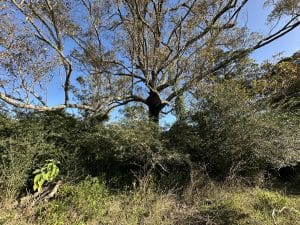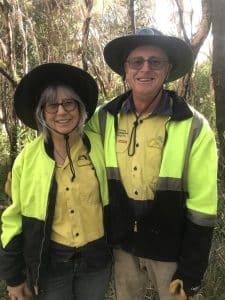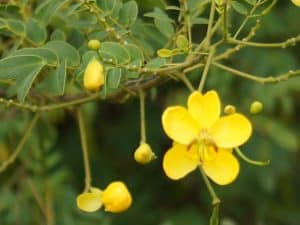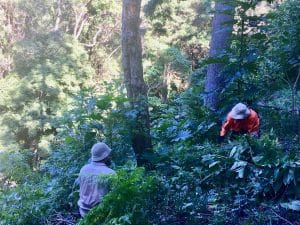
When we talk about natural area restoration, we almost always need to incorporate management of key threats, including, but not limited to, weeds. Many of our Landcare members are very well aware of the various locally occurring weed species and how to control them, but is weed control the same as bush regeneration?
The short answer is no, they are not the same, but a big part of what bush regenerators do is about the management of weeds.
In my mind, the key difference is around the nuances of prioritisation and approach to natural area management. A bush regenerator is constantly assessing the condition and resilience of the native environment as they work through a given area. By doing this, they may not work an area in a linear fashion, but rather, move over the site according to where the most native vegetation and ecosystem resilience occur. They may also modify methodology across a site, even when treating one species of weed, as environmental conditions change.
The golden rule of ecosystem restoration is to work in the strongest areas first, ie. those with the highest resilience, before moving into more degraded areas. The key here is being able to assess how the site will respond to weed removal – is there enough native plant diversity and resilience to occupy the newly weeded area? Sometimes it is about the approach – a very degraded site that is fragmented, has weeds in multiple layers of the vegetation (e.g. canopy, shrub and ground layers) will require a very strategic and measured approach to ensure that the entire area is not converted to a more degraded state. In these cases, some weeds, such as lantana thickets, may be protecting the area from infestation of more problematic weed species, including (but not limited to) exotic grass weeds; whilst also offering shelter to small birds, and protection of soils from erosion. It may be necessary to work in sections with good native canopy first, treat the ground and shrub weeds before tackling the canopy weeds; which still offer some service to the ecosystem in the shade they create. Bush regenerators may also leave sections of ‘edge’ weeds to protect fragments from new weed incursion, or for protection from heat/light/wind/people. Bush regenerators often work from the healthy internal core of vegetation stands, towards the edges; not from the outer edge, inwards.
Impacts of insensitive weed control include (but not limited to) increasing light, heat and wind penetration into a vegetation stand. This can then result in tipping the ecosystem even further down the scale toward ecosystem collapse, and actually increase the weed density and management effort required in the future.
Primary weeding is only one part of the restoration journey – follow-up weeding will continue indefinitely at most sites. Which leads me to the the three (other) rules of regeneration:
- Follow-up weeding
- Follow-up weeding
- More follow-up weeding – FOREVER.
Once you start a bush regeneration project, you must be committed to on-going and indefinite follow up weed management. Primary weeding of a woody species, such as lantana, can occur relatively quickly, and if done properly, should require less effort with each visit.
However, removal of a large infestation of lantana in an area surrounded by degraded land or urbanisation may result in opening the site up to new weed incursions via highly mobile vectors, such as birds, bats, wind, water and humans. Regular checks of your weeded zones is imperative to ensure long-term restoration success.
Other elements of consideration for bush regenerators include assessing the history of land use; size and connectivity of the bushland fragment, aspect, soil type, climate and hydrology; as well as species diversity on the site. An experienced bush regenerator will assess all of these factors before deciding where to work on a site, which weeds to tackle first and what methodology to use.
Weed control, although equally important in landscape scale weed management, may be more focused on achieving a reduction in weed density and extent as a primary consideration, or the control of new and emerging weed threats – also important in the holistic and integrated management of our natural areas. Weed control programs may also have an environmental focus and benefit, and are equally important in the management of environmental threats, but they are not the same as bush regeneration.
In summary, bush regeneration is site specific and proceeds at a rate which supports native vegetation recovery, the nuances of which vary across and within sites. Experienced bush regenerators will be able to adapt their methodology according to the needs and capacity of the native vegetation present on the site.
If you are looking to restore ecosystem health and function on your property, you may wish to come along to AABRFest this month, where the Australian Association of Bush Regenerators is hosting a three day extravaganza on a Conservation Property in Wootton over the weekend of August 18-20. There will be opportunities to learn from the best in the trade, with talks, walks, demonstrations, lots of very interesting conversations around the topic of natural area management and bush regeneration. For more information and to register HERE.
For more information about Bush Regeneration generally, head over to AABR’s website, become a member and get involved in their excellent education programs.
Isabelle Strachan PLC Officer -This article is part of the Partnering in Private Land Conservation. A joint initiative delivered by Landcare NSW and the NSW Biodiversity Conservation Trust.
